Since the 1950s, many homeowners have added vinyl siding to the exterior of their homes for many reasons. Vinyl siding has been greatly increasing in popularity over time capturing now 32% of new homes in America, with this number growing every day. Vinyl is made from a combination of ethylene gas and chlorine, which produces in a white powder called vinyl resin. When this powder is melted and mixed with several other ingredients, it results in a very rigid, flexible and extremely durable substance. Its affordability, durability, easy installation, and varying styles are just some of the arguments for vinyl siding and its advantageous prospects.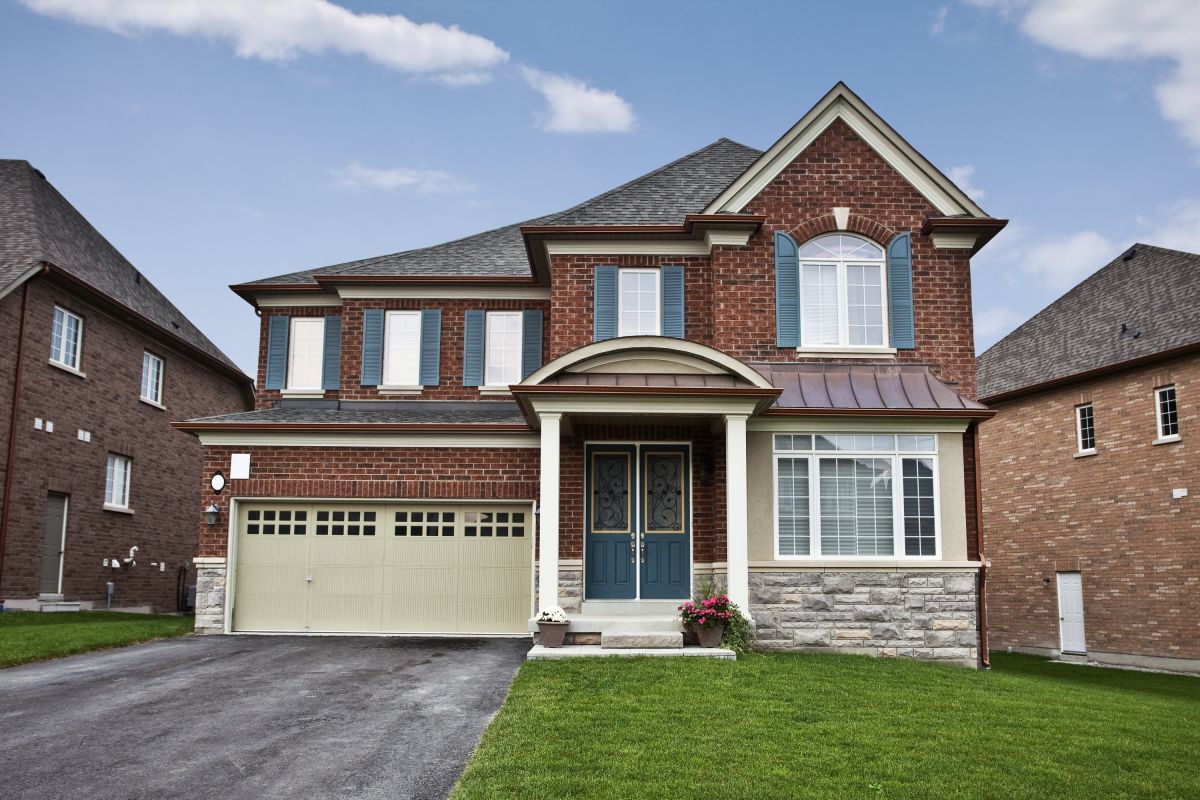
The resin, as I had mentioned earlier, is exceptionally strong. It does not rust or conduct electricity or even dent like that of metal or aluminum materials. It differs from wood because it does not warp, chip, or rot. And, vinyl is easier to install than all of the materials above. It is also rain, sun, and wind resistant able to withstand all of the elements. It is believed to last up to 40 years without needing repairs or replacement. In addition, vinyl siding acts like skin to a human body protecting the house from pests and other contaminants such as mold, mildew, and other bacteria known to cause allergic, respiratory, and other health problems. What is even more amazing about vinyl material is its unremarkable low selling price. Because it is man made and comprised of cheap materials, it is very affordable and attainable for many homeowners.
Not only is vinyl tough and reliable, but it also comes in many styles, designs, and colors for aesthetic appeal. Vinyl comes in almost any color imaginable sure to fit the shade already set to the exterior of your house. It also can be custom made to various clapboard widths, styles, and even textures.
Another great feature about vinyl siding is its low maintenance aspect. It does not attract pests or termites and can help cut costs on your electrical bills. But its most famous purpose is that it reduces the need to repaint your house every so often, saving you the aggravation and energy. However, there are some optional maintenance tips to keep your siding looking clean and lasting even longer. First, washing it once a year will help get rid of the dirt and grime that have accumulated, preserving its tidy appearance. Even though vinyl is extremely durable, it is does not mean that it is impenetrable. Be careful of cracks or breaks and replace the areas that are damaged immediately. Inspect your vinyl siding once in a while, looking out for suspicious streaking or staining on the vinyl or near the foundation that may hint at moisture-related problems. Also, vinyl has a low-melting point so be cautious of firing grills or torches nearby. Lastly, vinyl should never be painted a dark heat-absorbing color that could warp the material under intense sunlight. Instead, stick with the yellows, grays, and whites for a longer lasting appeal.
 Let a siding contractor give you an estimate on your project
Let a siding contractor give you an estimate on your project

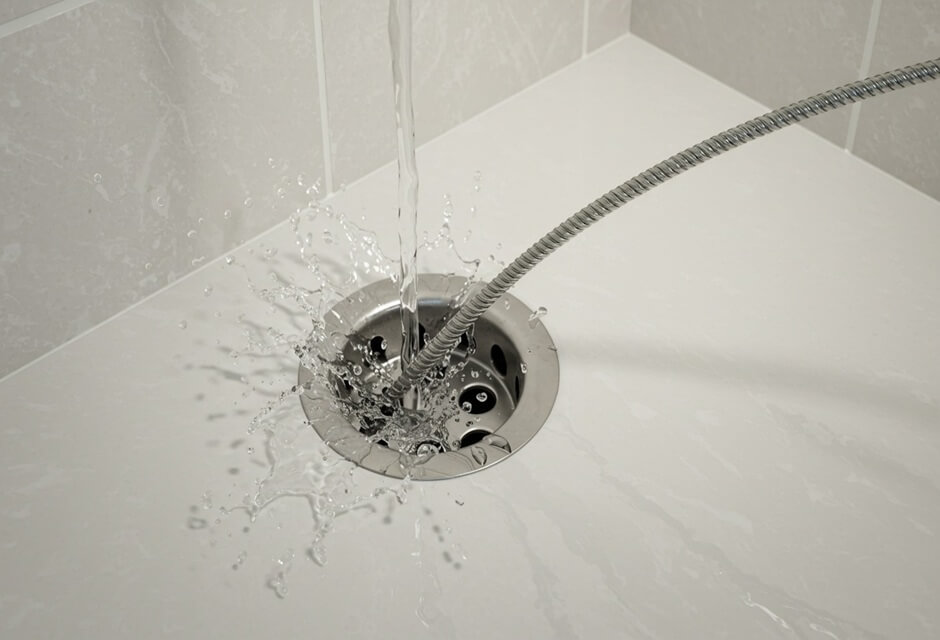
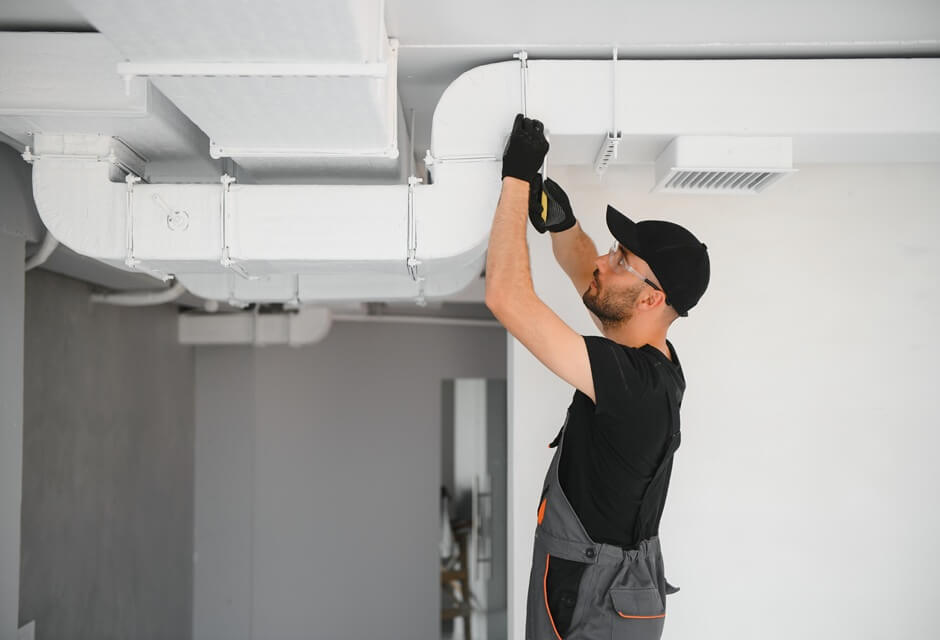
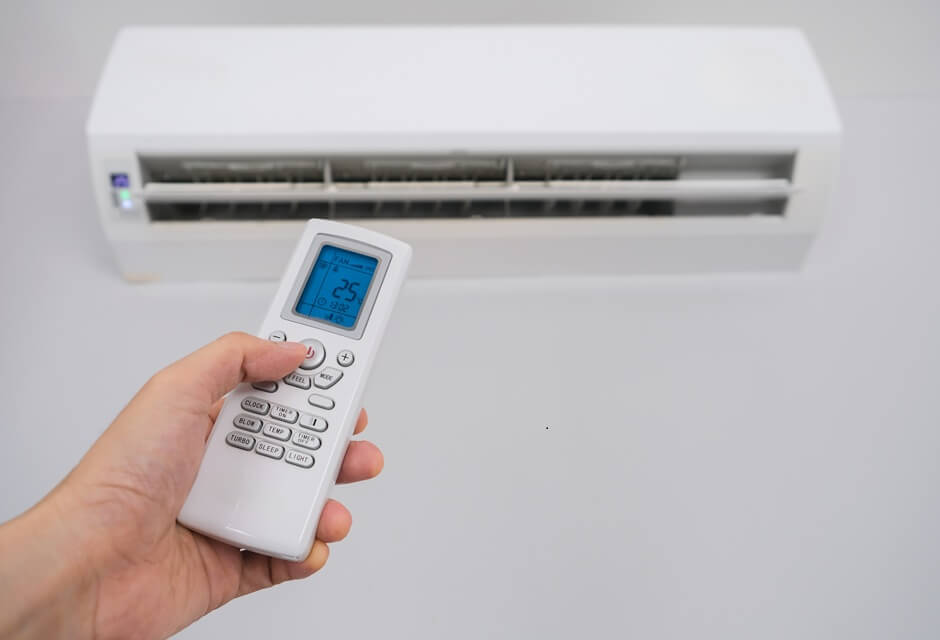
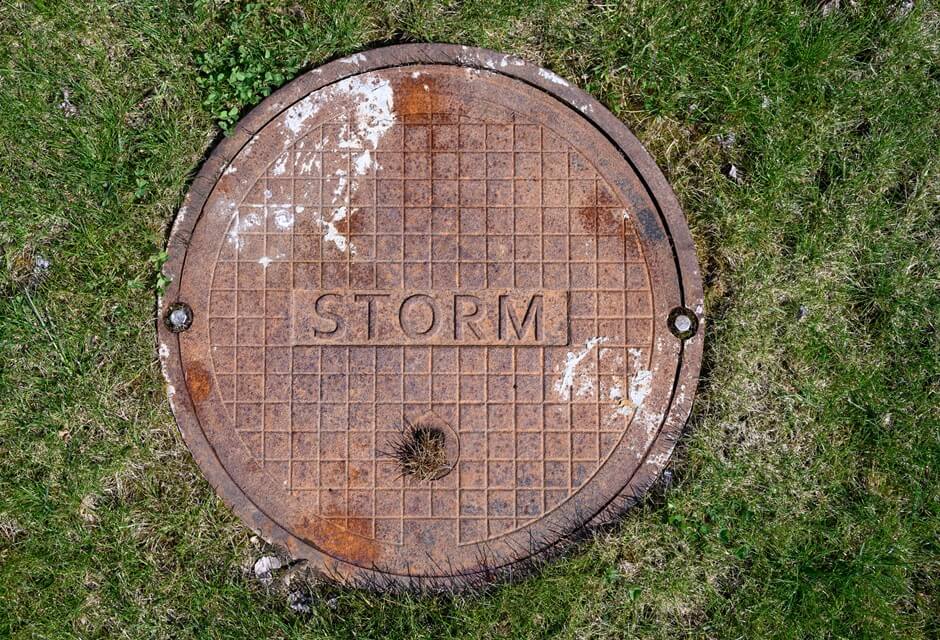
 Member of the
Member of the